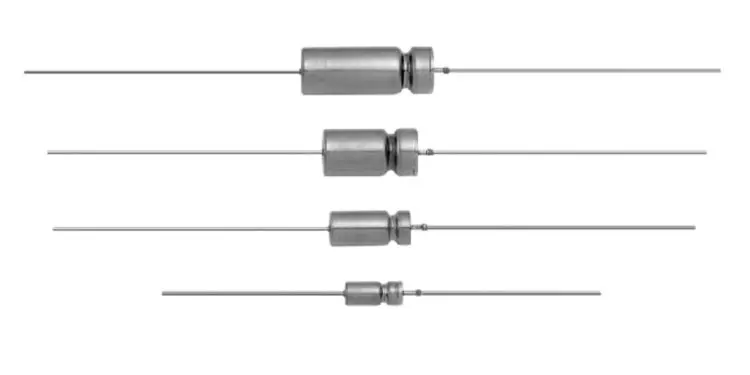New DLA Drawing Provides Space-Level Screening of M39006 / 33 or CLR93 Series of Established Reliability Devices
MALVERN, Pa. — July 14, 2020 — Vishay Intertechnology, Inc. (NYSE: VSH) today announced that its tantalum capacitors division is now an approved source for DLA drawing 20001 wet tantalum capacitors.
“Vishay once again leads the industry, utilizing the over 200 years of experience accumulated by our tantalum capacitor brands, our most robust products, and time-tested high reliability screening methods to define the DLA 20001 drawing,” said Charles Pothier, vice president of marketing, Vishay’s tantalum capacitors division. “The result is a DLA-approved product family specifically designed to meet the extreme requirements of space applications.”
The new DLA drawing provides a historically approved aerospace methodology of screening MIL-PRF-39006 tantalum case capacitors with characteristic H shock and vibration. This screening on an individual manufacturing lot includes 10 cycles of thermal shock and 168-hour constant rated voltage conditioning during the 100 % Group A Inspection. Stability at low and high temperatures, 30 thermal shock cycles, and a 1000-hour rated voltage, +85 °C life test are performed on samples during the Group B Inspection.
The DLA 20001 and the M39006 / 33 series are established reliability products based upon the Vishay T16 series of high reliability wet tantalum capacitors. All offer extended capacitance compared to the more mature CLR79 and CLR81 series but still maintain the characteristic H ability to withstand 500 g of mechanical shock, as well as 80 g peak of sine vibration, 53.79 g RMS of random vibration, and 3 V reverse voltage capabilities.
































